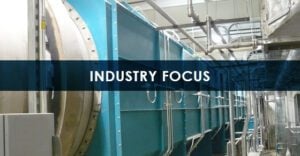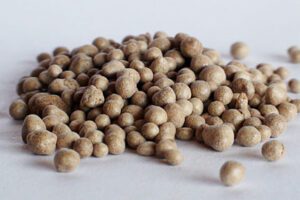Aluminum Chip (Swarf) Dryer Critical to Many Secondary Aluminum Operations
Though not required in all aluminum recycling operations, aluminum chip dryers are paramount in secondary aluminum production settings processing scrap contaminated with hydrocarbons, helping to ensure a safe environment, a high-quality end product, and maximum aluminum recovery. The aluminum industry is experiencing strong demand as …










